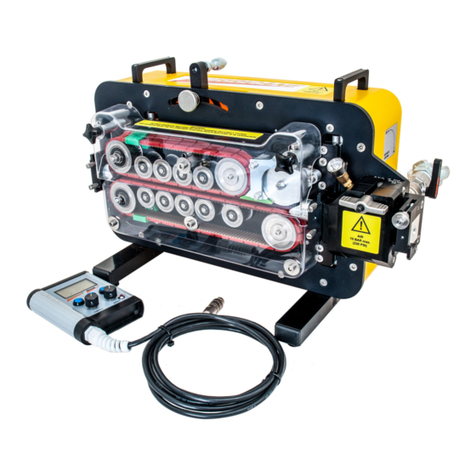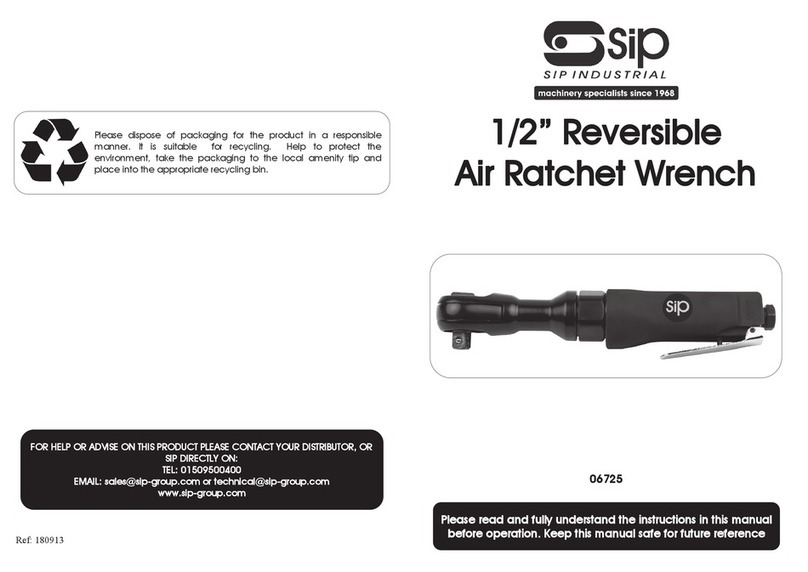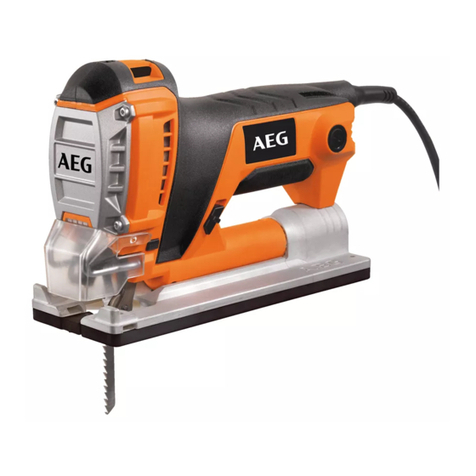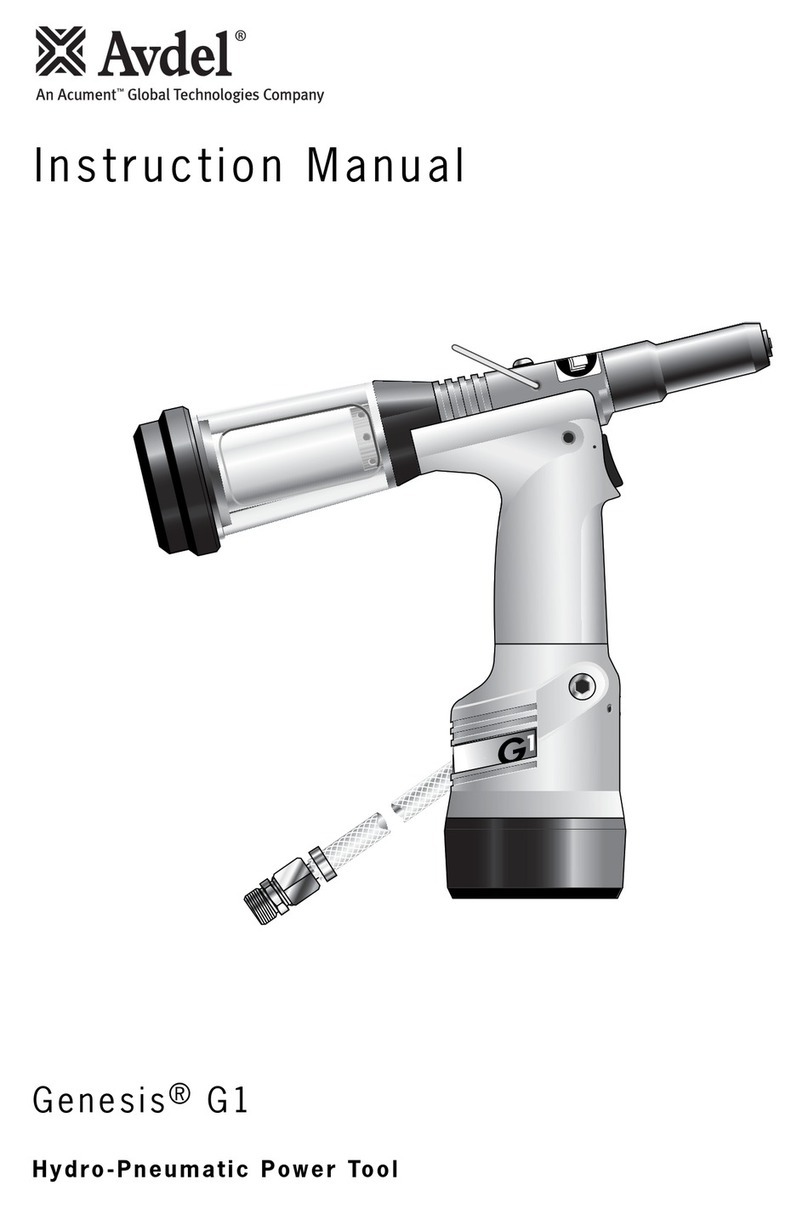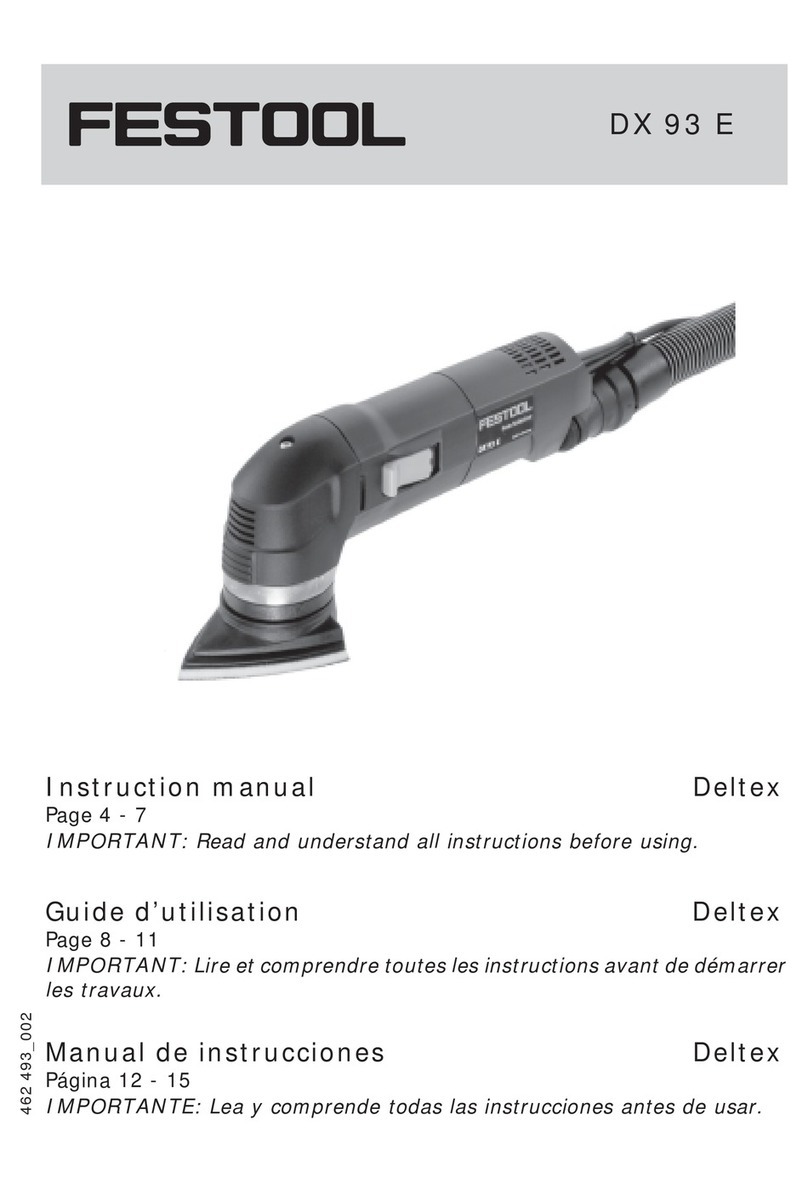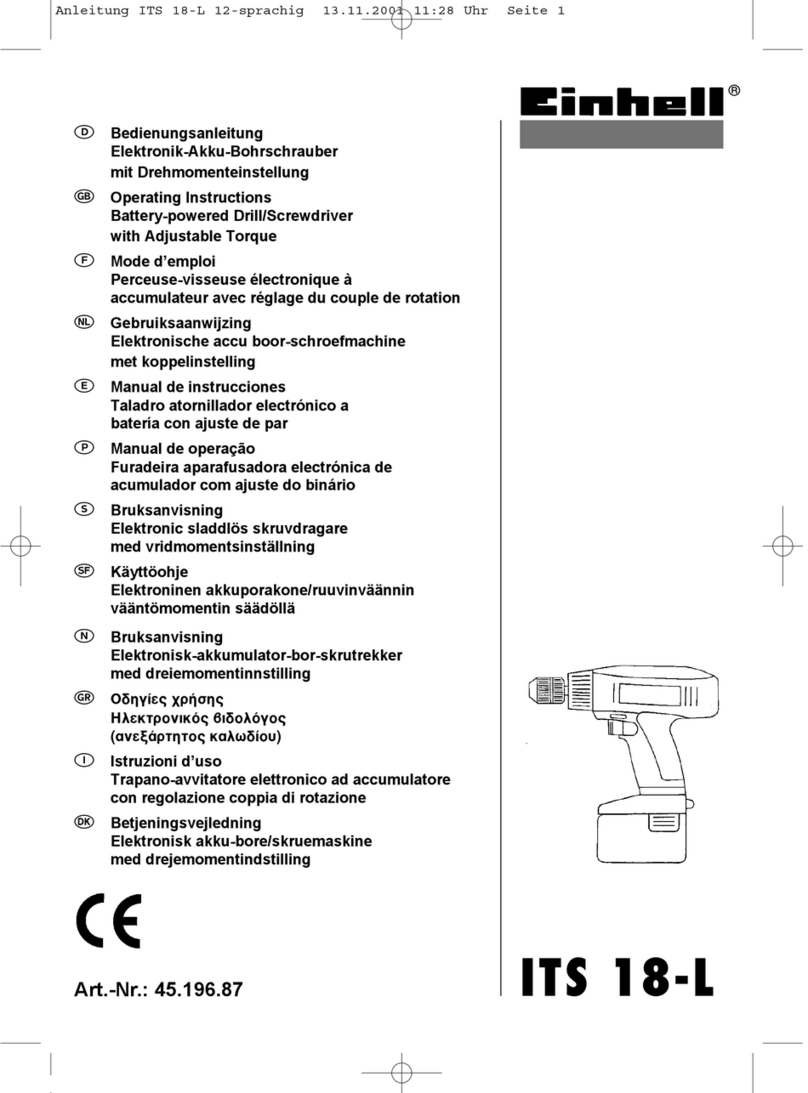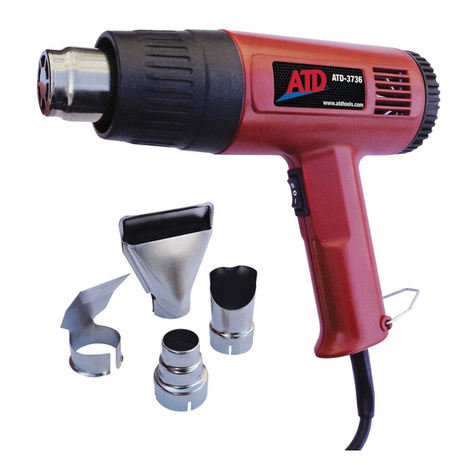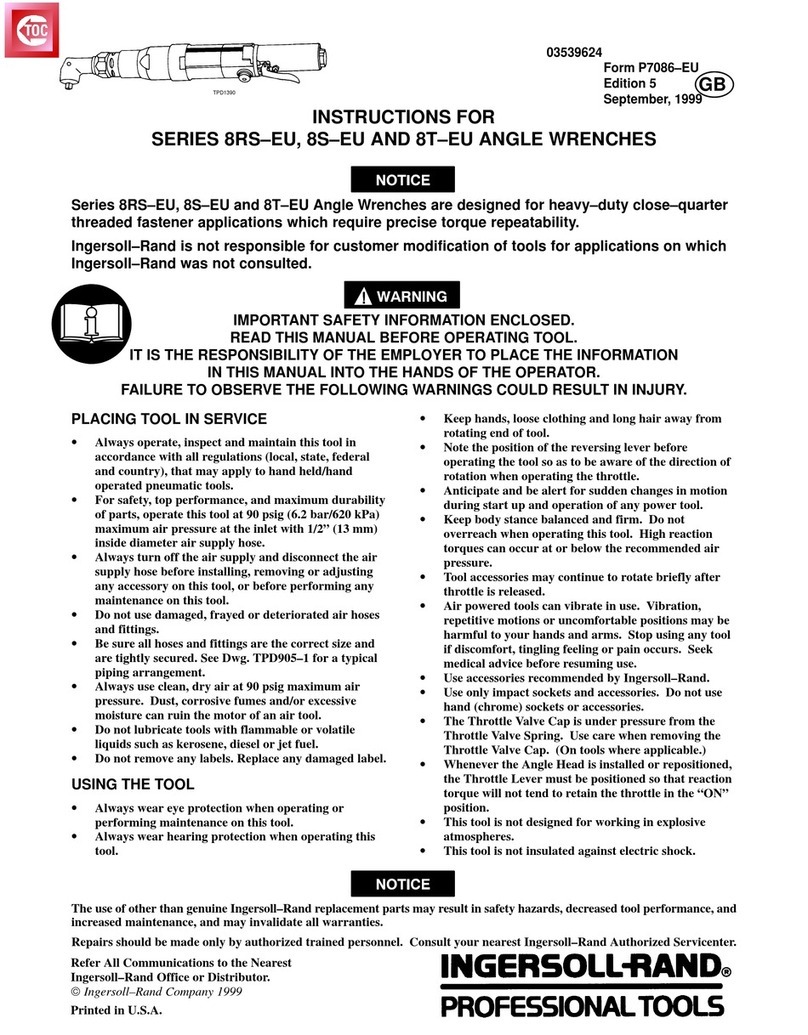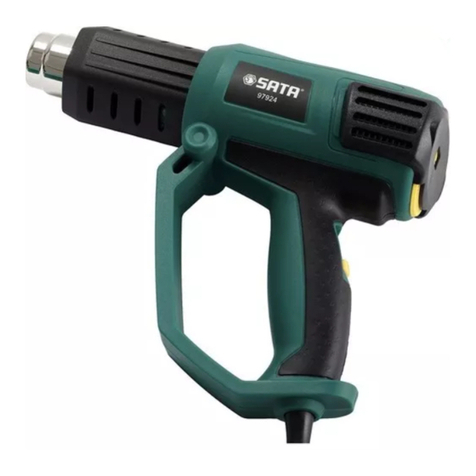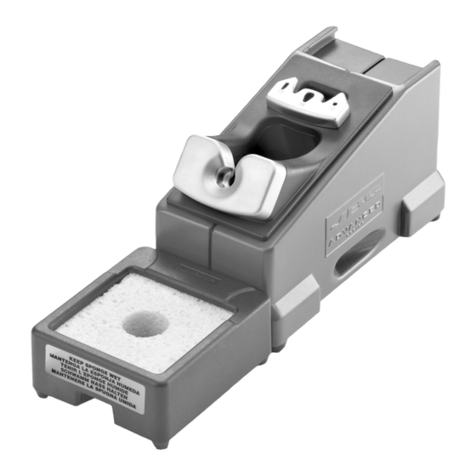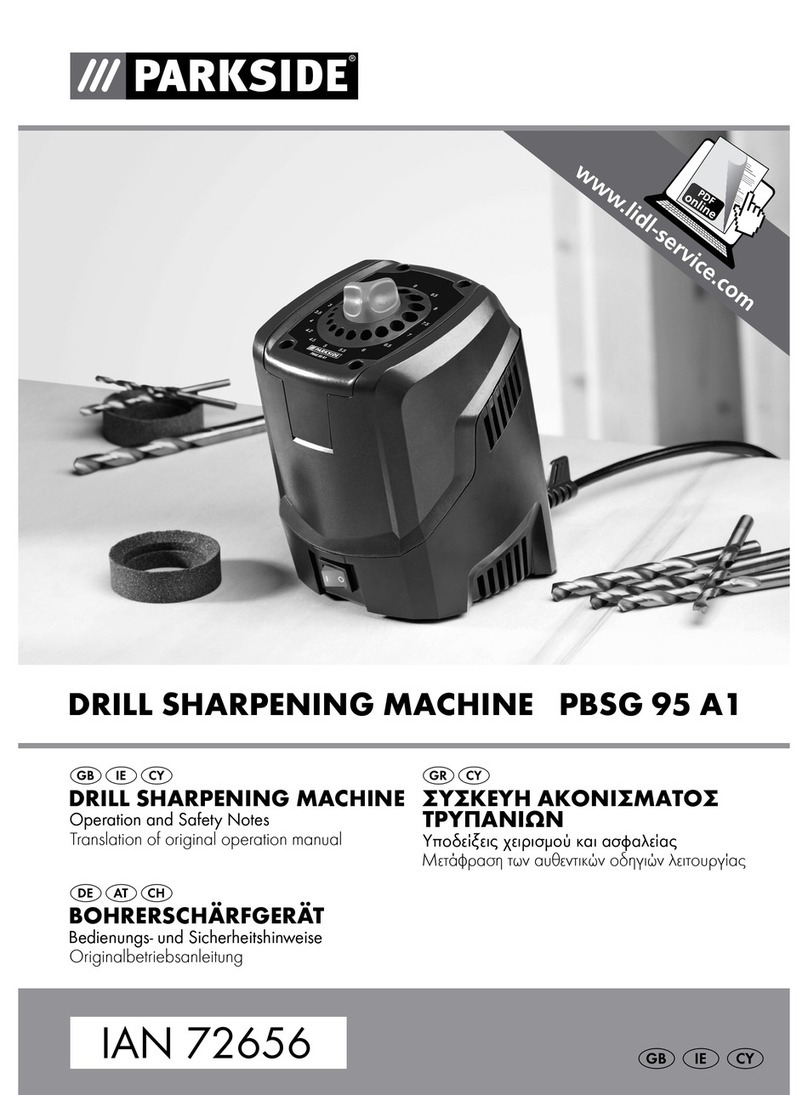Northem 999360 User manual

C O N C R E T E V I B R AT O R
OWNER’S MANUAL
WARNING: Read carefully and understand all
INSTRUCTIONS before operating. Failure to follow the
safety rules and other basic safety precautions may result
in serious personal injury.
Item# 9 993 60

Page of 10
2
Thank you very much for choosing a NORTHERN TOOL + EQUIPMENT CO., INC. Product! For
future reference, please complete the owner’s record below:
Model: _______________ Purchase Date: _______________
Save the receipt, warranty and these instructions. It is important that you read the entire manual
to become familiar with this product before you begin using it.
This machine is designed for certain applications only. Northern Tool + Equipment cannot be
responsible for issues arising from modification. We strongly recommend this machine is not
modified and/or used for any application other than that for which it was designed. If you have
any questions relative to a particular application, DO NOT use the machine until you have first
contacted Northern Tool + Equipment to determine if it can or should be performed on the
product.
For technical questions please call 1-800-222-5381.
INTENDED USE
A concrete vibrator is a construction tool used on concrete pouring sites to settle poured concrete.
TECHNICAL SPECIFICATIONS & PACKING LIST
Item
Description
Power Supply
110V/60HZ
Current
5.3Amp
Actual Power
550W (3/4 HP)
Power Rating
750W (1HP)
Vibration Frequency
13,000 VPM
GENERAL SAFETY RULES
WARNING: Read and understand all instructions. Failure to follow all instructions listed
below may result in electric shock, fire and/or serious injury.
WARNING: The warnings, cautions, and instructions discussed in this instruction
manual cannot cover all possible conditions or situations that could occur. It must be
understood by the operator that common sense and caution are factors which cannot be built into
this product, but must be supplied by the operator.
SAVE THESE INSTRUCTIONS

Page of 10
3
WORK AREA
åKeep work area clean, free of clutter and well lit. Cluttered and dark work areas can cause
accidents.
åDo not use your tool where there is a risk of causing a fire or an explosion; e.g. in the
presence of flammable liquids, gasses, or dust. Power tools create sparks, which may
ignite the dust or fumes.
åKeep children and bystanders away while operating a power tool. Distractions can cause
you to lose control, so visitors should remain at a safe distance from the work area.
åBe aware of all power lines, electrical circuits, water pipes and other mechanical
hazards in your work area, particularly those hazards below the work surface hidden from
the operator’s view that may be unintentionally contacted and may cause personal harm or
property damage.
åBe alert of your surroundings. Using power tools in confined work areas may put you
dangerously close to cutting tools and rotating parts.
ELECTRICAL SAFETY
WARNING: Always check to ensure the power supply corresponds to the voltage on the
rating plate.
åThe electric motor has been designed for 110V only. Always check that the power
supply corresponds to the voltage on the rating plate. Before performing any maintenance
work on the concrete vibrator itself, disconnect the vibrator from the power supply.
åAlways keep this vibrator clean for better and safer performance. Inspect the power cord
periodically and if damaged, have it repaired by a repairman. Inspect extension cords
periodically and replace them if damaged.
åDo not abuse the cord, never carry the vibrator by the cord or yank it to disconnect the
vibrator from the power source. Keep power and extension cords away from heat, oil, sharp
edges or moving parts. Replace damaged cords immediately. Damaged cords may cause a
fire and increase the risk of electric shock
åAvoid body contact with earth or ground surface. Do not carry this vibrator with a finger on
the switch. Ensure switch is off when plugging in to the power source. Always ensure that
the vibrator is properly insulated. Always pay attention to the cable or cable guard. Don’t
use a coolant or water near the vibrator; do not use the vibrator if your power connection
isn’t in good operation or you detect a sparking problem.
åGrounded tools must be plugged into an outlet properly installed and grounded in
accordance with all codes and ordinances.Never remove the grounding prong or modify
the plug in any way. Do not use any adapter plugs. Check with a qualified electrician if you
are in doubt as to whether the outlet is properly grounded.
åDouble insulated tools are equipped with a polarized plug (one blade is wider than the
other). This plug will fit in a polarized outlet only one way. If the plug does not fit fully in the
outlet, reverse the plug. If it still doesn’t fit, contact a qualified electrician to install a
polarized outlet. Do not change the plug in any way.
åWhen operating a power tool outside, use an outdoor extension cord marked “W-A” or
“W.” These cords are rated for outdoor use and reduce the risk of electric shock.
åExtension Cord Use:
1. Use only ‘Listed’ extension cords. If used outdoors, they must be marked “For Outdoor

Page of 10
4
Use.” Those cords having 3-prong grounding type plugs and mating receptacles are to be
used with grounded tools.
2. Replace damaged or worn cords immediately.
3. Check the name plate rating of your tool. Use of improper size or gauge of extension cord
may cause unsafe or inefficient operation of your tool. Be sure your extension cord is rated
to allow sufficient current flow to the motor. For the proper wire gauge for your tool, see
chart.
CHART FOR MINIMUM WIRE SIZE OF EXTENSION CORD:
Nameplate AMPS
CORD LENGTH
25’
50’
100’
150’
0-6
18 AWG
16 AWG
16 AWG
14 AWG
6-10
18 AWG
16 AWG
14 AWG
12 AWG
10-12
16 AWG
16 AWG
14 AWG
12 AWG
12-16
14 AWG
12 AWG
(NOT RECOMMENDED)
If in doubt, use larger cord.
Be sure to check voltage requirements of the tool to your incoming power source.
åDo not expose power tools to rain or wet conditions. Water entering a power tool will
increase the risk of electric shock.
åDo not let your fingers touch the terminals of plug when installing to or removing from the
outlet.
åGround fault circuit interrupters. If work area is not equipped with a permanently
installed Ground Fault Circuit Interrupter outlet (GFCI), use a plug-in GFCI between power
tool or extension cord and power receptacle.
PERSONAL SAFETY
åStay alert, watch what you are doing and use common sense when operating a power tool.
Do not use a power tool while you are tired or under the influence of drugs, alcohol or
medication. A moment of inattention while operating power tools may result in serious
personal injury.
åDress properly. Do not wear loose clothing, dangling objects, or jewelry. Keep your hair,
clothing and gloves away from moving parts. Loose clothes, jewelry or long hair can be
caught in moving parts. Air vents often cover moving parts and should be avoided.
åUse safety apparel and equipment. Use safety goggles or safety glasses with side
shields which comply with current national standards, or when needed, a face shield. Use
as dust mask in dusty work conditions. This applies to all persons in the work area. Also
use non-skid safety shoes, hardhat, gloves, dust collection systems, and hearing protection
when appropriate.
åAvoid accidental starting. Do not carry the power tool with your finger on the switch.
Ensure the switch is in the off position before plugging tool into power outlet. In the event of
a power failure, while a tool is being used, turn the switch off to prevent surprise starting
when power is restored.
åDo not overreach. Keep proper footing and balance at all times.
åRemove adjusting keys or wrenches before connecting to the power supply or turning on
the tool. A wrench or key that is left attached to a rotating part of the tool may result in
personal injury.

Page of 10
5
VIBRATOR USE AND CARE
åDo not force the vibrator. Tools do a better and safer job when used in the manner for
which they are designed. Plan your work, and use the correct tool for the job.
åNever use a tool with a malfunctioning switch. Any power tool that cannot be controlled
with the switch is dangerous and must be repaired by an authorized service representative
before using.
åDisconnect power from the vibrator and place the switch in the off position before
servicing, adjusting, installing accessories or attachments, or storing. Such preventive
safety measures reduce the risk of starting the vibrator accidentally.
åThis tool vibrates during use. Repeated or long-term exposure to vibrations may cause
temporary or permanent physical injury, particularly to the hands, arms and shoulders.
Include several vibration-free periods throughout the work day.
åStore idle tools. When the vibrator is not in use, store it in a dry, secure place out of the
reach of children. Inspect the vibrator for good working condition prior to storage and before
re-use.
åUse only accessories that are recommended by the manufacturer for your model.
Accessories that may be suitable for one tool may create a risk of injury when used on
another tool.
åKeep guards in place and in working order.
åNever allow any person to operate the vibrator unless they are familiar with its operation.
åEnsure all operators read, understand and follow the operating instructions.
åA concrete vibrator is heavy, and typical use of this vibrator will include construction settings
where the operator will be working on high walls. DO NOT operate the machine unless all
protective guards are in place. The weight and vibration of the machine could cause
operator to fall if guards are not in place.
åKeep the switch of the motor in the OFF position when not in use.
åDo not put the vibrator head on the hard ground of others hard surfaces when the vibrator
is operating.
åEnsure that the molding board is secure if working on vertical applications to ensure that
any concrete walls or pillars will not collapse due to the powerful vibration produced by this
machine.
åDo not touch the running vibrator head.
åDo not let the vibrator run unattended.
åDo not install the vibrator shaft to the motor when the motor is in operation.
åIf the machine needs repair beyond routine maintenance, contact an authorized service
representative.
OPERATION
The Concrete Vibrator is designed to mix concrete through vibration, aiding setting and curing of
concrete.
Operating Steps:
1. Insert the output shaft of the motor to the hexagonal socket of the vibrator shaft.

Page of 10
6
2. Attach the threaded sleeve to the motor. Ensure the attachment is secure.
3. Plug the motor into a 110V AC power supply.
4. Press the ON/OFF button on the handle of the motor to start the vibrator. If you need to use the
vibrator for an extended period, you can engage the trigger lock button adjacent to the ON/OFF
button (shown below).

Page of 10
7
5. Knock the vibrator head on the ground or another hard surface the first time you use the vibrator
only.
6. Place the vibrator head in the concrete at the recommended depth for your application.
Continue vibrating concrete as needed.
7. When work is complete, turn the ON/OFF switch to the OFF position.
8. Remove the power cord from the 110V power source.
9. Separate the vibrator shaft from the motor.
EMERGENCY SHUTDOWN
In case of an emergency, remove the power cord from the 110V power source. This is most
immediate way to make to machine stop. For normal shutdown, turn the machine off using the
ON/OFF switch.

Page of 10
8
MAINTENANCE
WARNING: Make sure this tool is disconnected from its power source before attempting
any maintenance, cleaning, or inspection.
åIt is recommended that the general condition of any tool be examined before it is used.
Keep your tools in good repair by adopting a program of conscientious repair and
maintenance in accordance with the recommended procedures found in this manual. If any
abnormal vibrations or noise occurs, turn the tool off immediately and have the problem
corrected before further use. Have necessary repairs made by qualified service personnel.
åUse only soap and a damp cloth to clean your tools. Many household cleaners are harmful
to plastics and other insulation. Never let liquid get inside a tool.
åBefore any performing any maintenance work on the machine itself, disconnect the tool
from its power source.
åThe brushes should be checked periodically and worn-out brushes should be replaced.
After replacing, inspect whether the new brushes can move freely in the brush holder. Keep
running the motor for 15 minutes to match the contact of the brushes and commutator the
first time you use the vibrator.
åKeep the ventilation slots free from dirt; clean off any accumulated dust and oil periodically.
åDuring normal operation, if anything unusual happens, the power supply should be cut off
at once and the tool should be checked and repaired.
åRegularly inspect all mounting screws and ensure that they are properly tightened; if any of
the screws loosen, tighten them immediately. Failure to do so could result in personal injury.
åDo not expose the tool to rain, do not use the power tools in damp or wet location, and
keep work area well lit. Don’t use power tool where there is risk to cause fire or explosion.

Page of 10
9
DIAGRAM & PARTS LIST
Part#
Description
Qty.
Part#
Description
Qty.
1
Nose Cap
1
14
Main Shell
1
2
Tapered Cap
1
15
Hand Shell
1
3
Oil pan filler block
1
16
ON/OFF Button
1
4
Oil seal
1
17
Lock Button
1
5
Hose coupling
1
18
Supply cord
1
6
Head Bearing
1
19
Plug
1
7
Flexible shaft coupling
1
20
Commutator gear
2
8
Sleeve
1
21
Fan
1
9A
Flexible Hose
1
22
Rotor
1
9B
Flexible Shaft
1
23
Rotor coil
1
10
Hexagonal socket
1
24
Brushes
2
11
Threaded sleeve
1
25
Stator housing
1
12
Output shaft
1
26
Stator coil
1
13
Metal cover
1
For replacement parts and technical questions, please call 1-800-222-5381.

Page of 10
10
WARRANTY
One Year Limited Warranty
WARNING
Some dust created by power sanding, sawing, grinding, drilling, and other construction activities contains
chemicals known to the State of California to cause cancer, birth defects or other reproductive harm.
Some examples of these chemicals are:
• lead from lead-based paints,
• crystalline silica from bricks and cement and other masonry products, and
• arsenic and chromium from chemically-treated lumber.
Your risk from these exposures varies, depending on how often you do this type of work. To reduce your
exposure to these chemicals: work in a well ventilated area, and work with approved safety equipment,
such as those dust masks that are specially designed to filter out microscopic particles.
Northern Tool + Equipment Co.,
2800 Southcross Drive West
P.O. Box 1499 Burnsville, MN 55337-0499
Made in China
Table of contents

